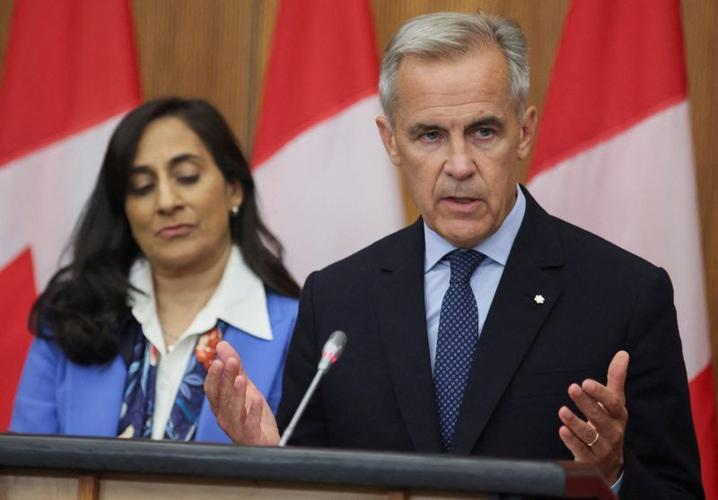US Special Envoy Steve Witkoff recently undertook a critical visit to a Gaza humanitarian crisis aid operation, facing a dire situation that the United Nations has openly labeled as unsafe. This high-profile visit underscores the growing international alarm regarding the perilous conditions surrounding aid distribution in the war-torn enclave, drawing sharp focus on US foreign policy initiatives in the region.
Witkoff’s mission led him to a site managed by the U.S. and Israel-backed Gaza Humanitarian Foundation (GHF) in Rafah, a key area within the Palestinian territories grappling with intense conflict. The envoy’s stated objective was to directly assess the mechanisms for delivering vital food and essential supplies to the struggling populace amidst ongoing hostilities involving the militant group Hamas.
Despite its stated goals, the GHF has faced significant condemnation from numerous humanitarian organizations and foreign governments since its inception in late May, questioning its efficacy and methods. Alarmingly, a global hunger monitor issued a stark warning this week, confirming the escalating reality of famine within Gaza, amplifying the urgency and scrutiny surrounding all aid efforts, including Middle East aid.
The gravity of the situation was further underscored by tragic events occurring mere hours after Witkoff’s departure. Palestinian medics reported that Israeli forces fatally shot three Palestinians near one of the GHF’s operational sites in Rafah, highlighting the constant danger civilians face while attempting to access assistance.
The United Nations has presented deeply troubling statistics, revealing that over 1,000 individuals have lost their lives attempting to receive aid in Gaza since the GHF commenced operations. A significant majority of these fatalities are attributed to shootings by Israeli forces operating in close proximity to GHF locations, raising profound UN safety concerns about the established aid corridors and security protocols.
Further insight into the diplomatic efforts came from U.S. Ambassador to Israel Mike Huckabee, who accompanied Witkoff. Huckabee’s social media post featured a striking image of hungry Gazans behind razor wire, juxtaposed with a GHF poster declaring “100,000,000 meals delivered.” A GHF spokesperson, Chapin Fay, asserted that “President Trump understands the stakes in Gaza and that feeding civilians, not Hamas, must be the priority,” echoing the political narrative behind these aid initiatives.
Steve Witkoff himself articulated the purpose of his visit as providing President Trump with a clear understanding of the humanitarian situation, aiming to formulate an effective plan for delivering food and medical aid. This visit followed his meeting with Israeli Prime Minister Benjamin Netanyahu, as Israel continues to face immense international pressure concerning the devastating impact of the ongoing conflict on Gaza’s 2.2 million inhabitants and the worsening hunger crisis.
The complex interplay of geopolitical strategy, humanitarian imperative, and security challenges defines the current landscape of aid delivery in Gaza. The continuing deaths during aid distributions and the warnings of widespread famine underscore the critical need for safer, unhindered access for humanitarian operations, a challenge that remains at the forefront of global diplomatic efforts.






Leave a Reply